As we gear up for the Bathurst 1000 this month, we look back at a couple of classic V8 machines, as featured in the new book Australia’s Greatest Racecars, and their epic Mount Panorama winning moments… Here’s Brock’s 1987 Bathurst-winning VL Commodore
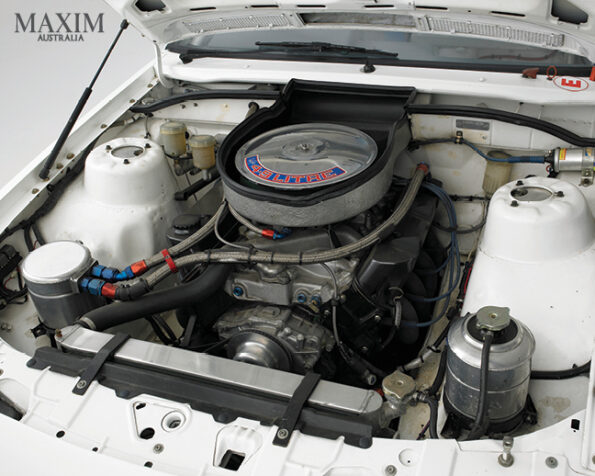
Peter Brock enjoyed several straight-forward victories on the Mountain, but the 1987 James Hardie 1000 was not one of them. His ninth Bathurst victory was messy – before, during and after the race’s running on the first Sunday in October. His ex-communication from General Motors in February 1987, due to his determination to install the mysterious Energy Polariser on his signature road cars, ensured the race’s build-up was fraught enough.
Race day itself didn’t go to plan with an early-race switch of cars and, later, abysmal weather. Then, nine weeks after the race, he inherited victory. It was a politically charged event, the first and only time the Bathurst 1000 was a round of the World Touring Car Championship. Brock, David Parsons and Peter McLeod finished third on the road behind the two factory Ford Eggenberger Sierra Cosworth RS500s. The sinister-looking black cars had streeted the field but were racing under protest for illegal wheel-arches.
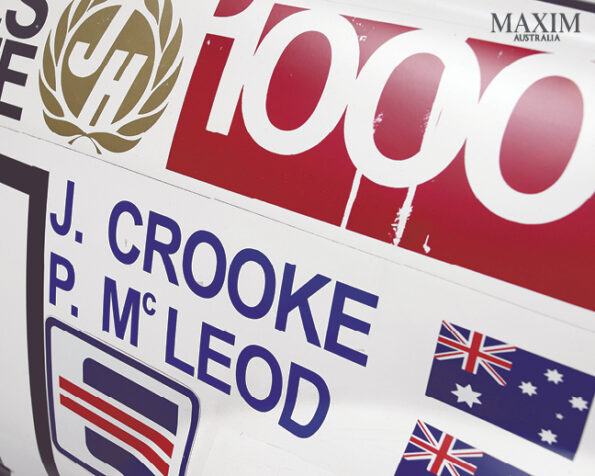
The protest was ultimately upheld and, two months after the race, Brock was elevated to the win. It was a messy outcome to a chaotic race, with Brock and Parson’s #05 VL blowing its engine after a mere 34 laps and the pair commandeering the sister #10 car of McLeod and Jon Crooke. McLeod had double-stinted #10 from grid slot 20 and worked his way safely and swiftly up to fifth – a stellar drive overlooked in the typical Brock hysteria – when he pitted after 61 laps.
“When I came in, I didn’t know it was Brock standing there [waiting to get in the car],” McLeod said after the race, in an era before car-pit radios. “There was just a guy standing there in a dealer team suit. I jumped out and he jumped in and I’m doing up the seatbelts and not looking at his face. I’m yelling ‘everything’s fine, track’s clear and everything is going great’, I looked up and thought, Crooke you’ve forgotten your glasses! I slammed the door. Off he goes. That was Brock!”
Crooke would miss out of a drive in the winning car, although when Brock re-entered the race in 10th, victory seemed highly unlikely. Brock, however, had no doubt he could win from there. “I thought all is not lost here,” he was quoted in Bathurst 1987. “Bathurst is a very interesting old place. There is a bit of rain and bit of sun and people with unscheduled pitstops. No, I figure you can never give up Bathurst until the last lap.”
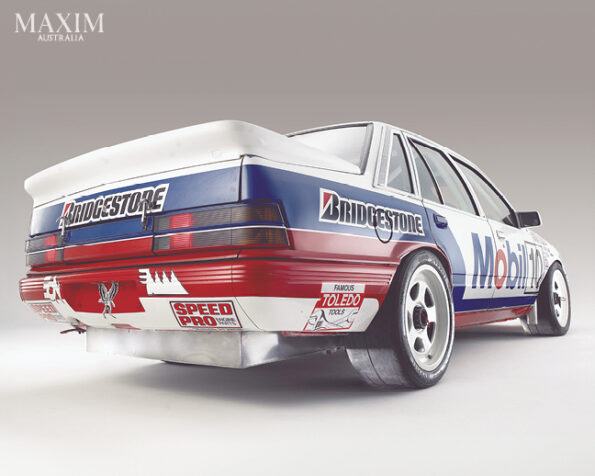
Brock figured correctly – particularly the bit about unscheduled pitstops. While it is now romanticised that his pace, with elbow perched on sill, in the final wet stint was ultimately what won him the event, the fate that befell others was the deciding factor. The Nissan Skylines of Glenn Seton/John Bowe and George Fury/Terry Shiel were kept at pit exit for a complete lap when they pitted at the wrong time; the leading European BMW of Gianfranco Brancatelli and Johnny Cecotto crashed at Reid Park in the wet on lap 133 when third; and Allan Grice and Win Percy’s VL actually took the fight to the Sierras until an axle-failed. The latter, unfortunately, didn’t have a second team car to take over.
Still, Brock’s mighty drive, where he flung the car around with gusto, is the stuff of legends. He and the pro-Brock crowd enjoyed him slipping and sliding the #10 machine around the damp track on slicks. It was Brock at his theatrical best. And it’s the enduring image from his final Great Race victory – and the first VL Group A model’s only touring car win on home soil. For Brock and his team it was challenging, controversial and unexpected. It was achieved in the wake of the bitter bust-up with Holden, driving a worn-out second-string car he was forced to drive after his own car failed and which his cash-strapped team did not expect to last more than a handful of laps.
When Brock’s Mobil team was finally confirmed as the 1987 Bathurst winner, more than six months after the race in the highest motorsport court in the world, Brock and his co-drivers, McLeod and Parsons, had driven the slowest winning car on record, after it started 20th on the grid, set only the 16th fastest lap of the race and became the first car to start outside the top ten and win the race. It also completed only 158 of the total 161 laps.
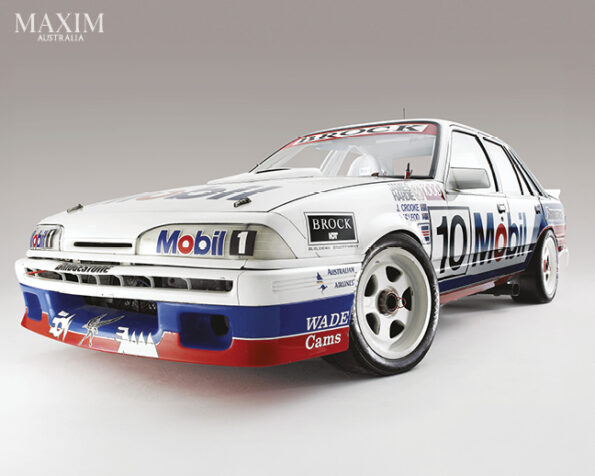
Brock’s then-business manager Alan Gow was interviewed by Australian Muscle Car magazine for the inside story of the King of the Mountain’s last win. Gow has vivid memories of that turbulent time, as he tried to pick up the pieces of his mate’s shattered empire. They tell a compelling story of survival – and ultimately triumph – in the face of severe adversity, from a unique behind-the-scenes perspective.
Brock’s resolute belief in the attributes of his Energy Polariser (based on a new-age science of ‘molecular alignment’ to improve a car’s performance which GM-H dismissed after its own exhaustive testing), and his determination to launch a new HDT VL Director with Independent Rear Suspension and other developments not approved by GM-H, were the major catalysts for the split. Holden had been extremely patient with its much loved – but increasingly troublesome – favourite son. Eventually, inevitably, The General’s patience ran out.
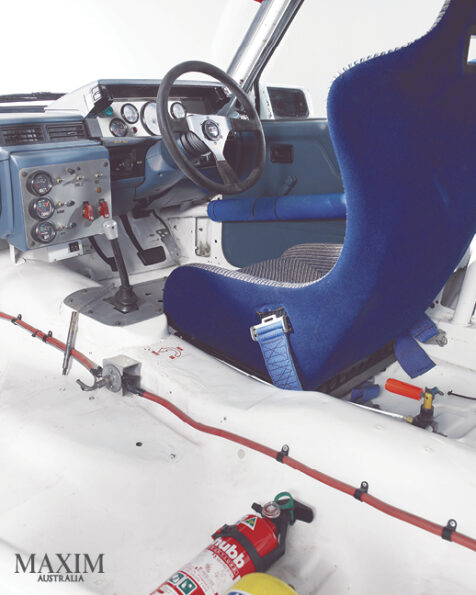
For Brock, Holden’s decision was enormously damaging. His race team was no longer Holden’s factory team. His endless free supply of GM parts and technical support was cut off. Brock was clearly in deep trouble, so he did what any bloke would do in a crisis – he rang an old mate. Alan Gow is perhaps best known to race fans as the Aussie entrepreneur who moved to the UK in 1990 and steered the phenomenal rise and rise of the world-famous British Touring Car Championship through the following decade. However, before his rise to BTCC fame, Gow played a crucial role in Peter Brock’s survival.
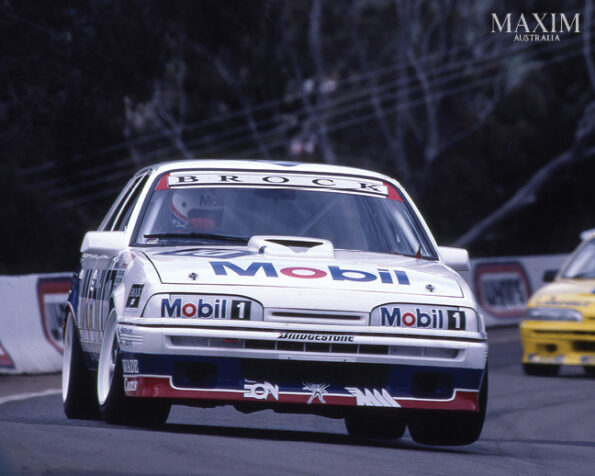
“Really, I was just a mate who came in to help for a few days and ended up staying for months,” Gow explained. The team, by the time Bathurst came around, seven months after Gow joined them, was well and truly cash strapped. “We were knackered. Financially, we were knackered. We’d used up all the sponsorship funding from Mobil, we’d burnt up all the resources that HDT had, my credit cards were full, Peter’s credit cards were full – we literally had used up all the money we had.
“Before we got to Bathurst, we thought that #05 had a good chance of winning, but when we saw the qualifying times of the top Sierras, reality set in.” The Commodores were five seconds a lap slower. “Once you see that, you think we’re stuffed, we can’t win this race on speed, we just need to keep going around and around as fast as we can go and put on a good show.”
Commodore #10, meantime, was not what you would have called a ‘strong’ second car going into the race. “By the time we got to Bathurst, the workshop was bare,” Gow explained. “We’d used every old part that was lying around the place to put that second car together. When we got to Bathurst, we honestly thought the second car would not last 10 laps.
All the stuff that came off Peter’s car after practice went into that second car, knowing that it had a nearly out-of-life engine, an old gearbox; it just had all the worn-out stuff from #05 in it. You know, we used to refer to it as the ‘Starting Price Special’ because we had to put two cars on the Bathurst grid to fulfil our sponsorship obligations. It was like, let’s get it on the grid, get it off the line and then don’t worry about it and that was the most amazing thing about the whole ’87 Bathurst race. No one thought that car was going to last more than a handful of laps.”
It was amazing #10 got to the startline at all. During Friday’s qualifying, something in the steering broke in #10 when Peter McLeod was approaching the braking area at the end of Mountain Straight. He somehow managed to squeeze the car at high speed through the only gap in the concrete wall at Griffin’s Bend (a small opening for a resident’s driveway), narrowly avoiding hitting the wall head-on which, of course, would have destroyed the car. It seems #10 was destined to do something special that weekend. “I guess when you look back at that near-miss on Friday, there were some good omens that came our way that weekend. And of course, when we saw the weather forecast for Sunday (showers), well, that was another good omen for us. Rain is always a great equaliser and Peter just loved driving in those sorts of tricky conditions, particularly at Bathurst, so we started to think we were still in with a chance.
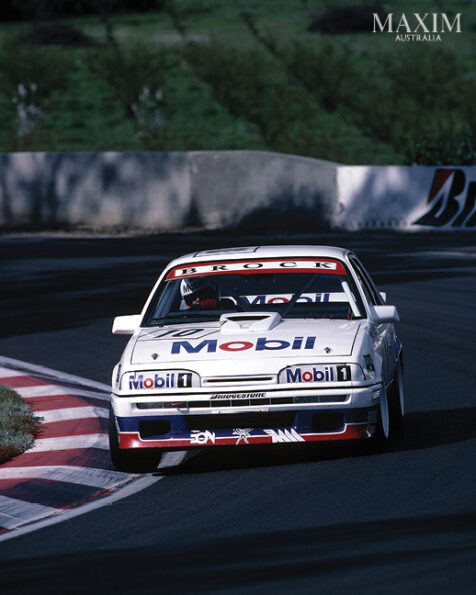
“Peter was amazed #10 was still going at all when his car stopped, so he thought well, let’s just let Peter (McLeod) have a run, he’s tipped some money in and then if it’s still going I’ll get in it and have a go later on, but he knew that it was a lost cause. It was already a lap down. Every time it went past the pits you were expecting it not to come past again, but it kept going like a bloody train!”
At the 100-lap mark Gow thought “if we could finish the race in third place, then that would be a miracle in itself and just bloody fantastic. We’d get some much-needed prizemoney, and it would be a great result for everyone.” But the team would do better than that. The ultimate revenge for Brock, though, was the two Eggenberger Sierras that finished in front of him being excluded from the results for using wheel arches that had been widened and raised to allow fitment of bigger tyres.
On March 15, 1988 Peter Brock/Peter McLeod/David Parsons were finally confirmed as the winners of the 1987 James-Hardie 1000. The $80,000 prizemoney settled some awful credit card bills. “We faced tremendous problems all the way through and then to all of a sudden get that result at Bathurst, well, you just couldn’t put that into words. It is the single best memory I have of motorsport.”
The car was purchased by Chris Lambden in 1988 and he ran it at three events including Bathurst that year in eye-catching new Beaurepaires colours. It then passed to fellow Victorian Bob Jones, then later to club racers and Brock enthusiasts Peter Angus and John Taylor. It became part of the Bowden collection in 2003, who held onto it until 2018 when it was purchased by expat Australian solar energy businessman Kenny Habul. He had a connection with the car having done odd jobs with the team back in 1987, aged 14. It was a story that he told in victory lane moments after winning the 2022 Bathurst 12 Hour in his Mercedes-AMG GT3.
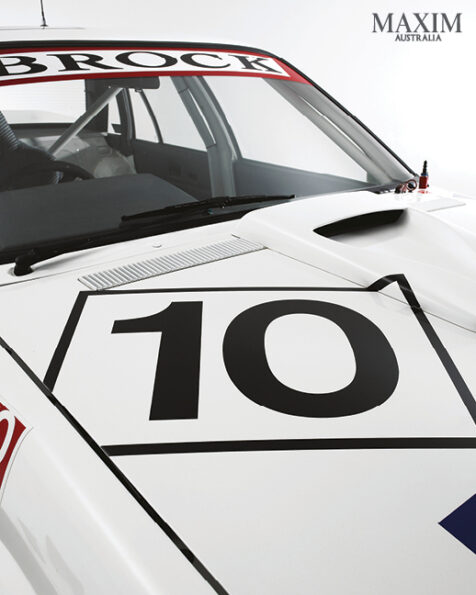
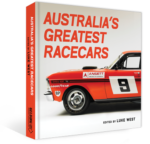
ABOUT THE AUTHOR
Luke West is a life-long motorsport tragic and Australian motoring historian who spent eight years as editor of Australian Muscle Car and a stint at Auto Action. He also dabbled in TV commentary and was a V8 Supercars on-course announcer for several seasons, including twice anchoring the Bathurst 1000 PA commentary team.
This is an edited extract from Australia’s Greatest Racecars by Luke West (Gelding Street Press $39.99) available at BIG W and all good bookstores
By LUKE WEST
For the full article grab the October 2024 issue of MAXIM Australia from newsagents and convenience locations. Subscribe here.




